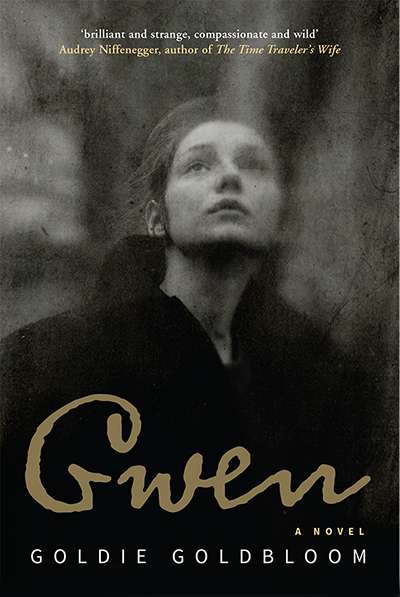Australian Fiction
Kate Grenville’s Lilian’s Story is one of the great Australian novels of the last thirty years. When it was first published in 1985, it was immediately hailed as a masterpiece. The original cover carried a recommendation by Patrick White, Nobel laureate and the greatest writer of any kind Australia has produced. White said ...
The Mystery of the Venus Island Fetish by Dido Butterworth, edited and introduced by Tim Flannery
Kerryn Goldsworthy on 'Tirra Lirra by the River' by Jessica Anderson for Reading Australia
In 1978, Australia’s two most coveted national literary prizes of the time were both won by women: Helen Garner’s first novel Monkey Grip (1977) won the National Book Council Award for fiction, and the Miles Franklin Literary Award was won by Tirra Lirra by the River (1978), Jessica Anderson’s fourth novel. Both of these books have since become classics of Australian literature, rarely out of print and regularly rediscovered by new generations of readers.
Australian fiction, both in its production and in its critical reception, had been dominated by male writers since the end of World War II. There were isolated exceptions, most notably Christina Stead, Elizabeth Harrower, and Thea Astley, all now regarded as major Australian novelists. But the two big awards to Anderson and Garner in 1978 marked a shift in readerly tastes and the beginning of something more like equality in the writing, publishing, and reading of fiction in Australia. It may or may not be a coincidence that the narrator–heroines of Monkey Grip and Tirra Lirra by the River are both called Nora; it’s the name of the main character in Ibsen’s classic play A Doll’s House (1879), which, like these novels, explores the theme of women’s emancipation and selfhood in modern society.
... (read more)







